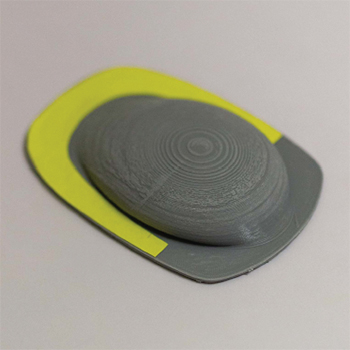This project aims to create a spatial guidance system that has applications as assistive technology to aid visually impaired persons. I build upon a novel wrist-worn haptic glove by tweaking the original design and creating a novel localisation system, and I construct research to test the capabilities of the human-machine system. The goal of the research was to find how degrees of freedom influenced haptic guidance, as well as if two of our interaction metaphors had an effect on performance. Results show that separating degrees of freedom had significant improvement in accuracy with negligible tradeoffs in speed; I did not see any significant effects of metaphors on performance. Finally, I discuss the implications of this research and how it can be improved, as well as propose future directions for research and design.


